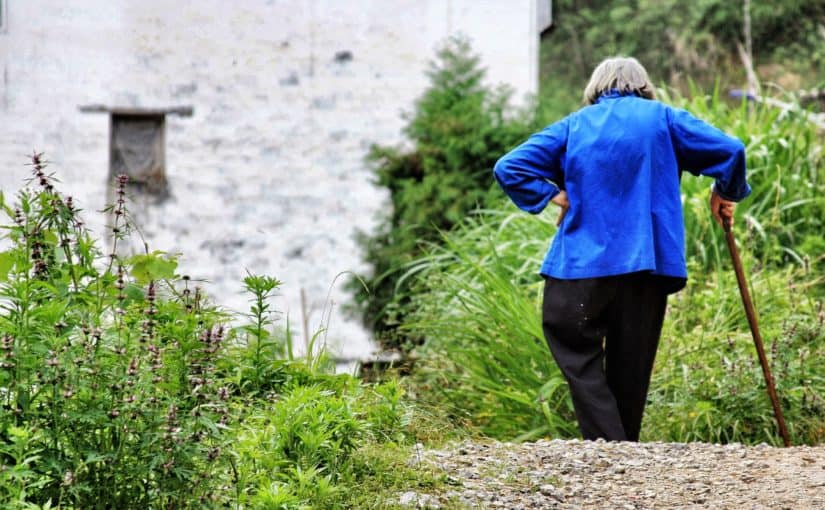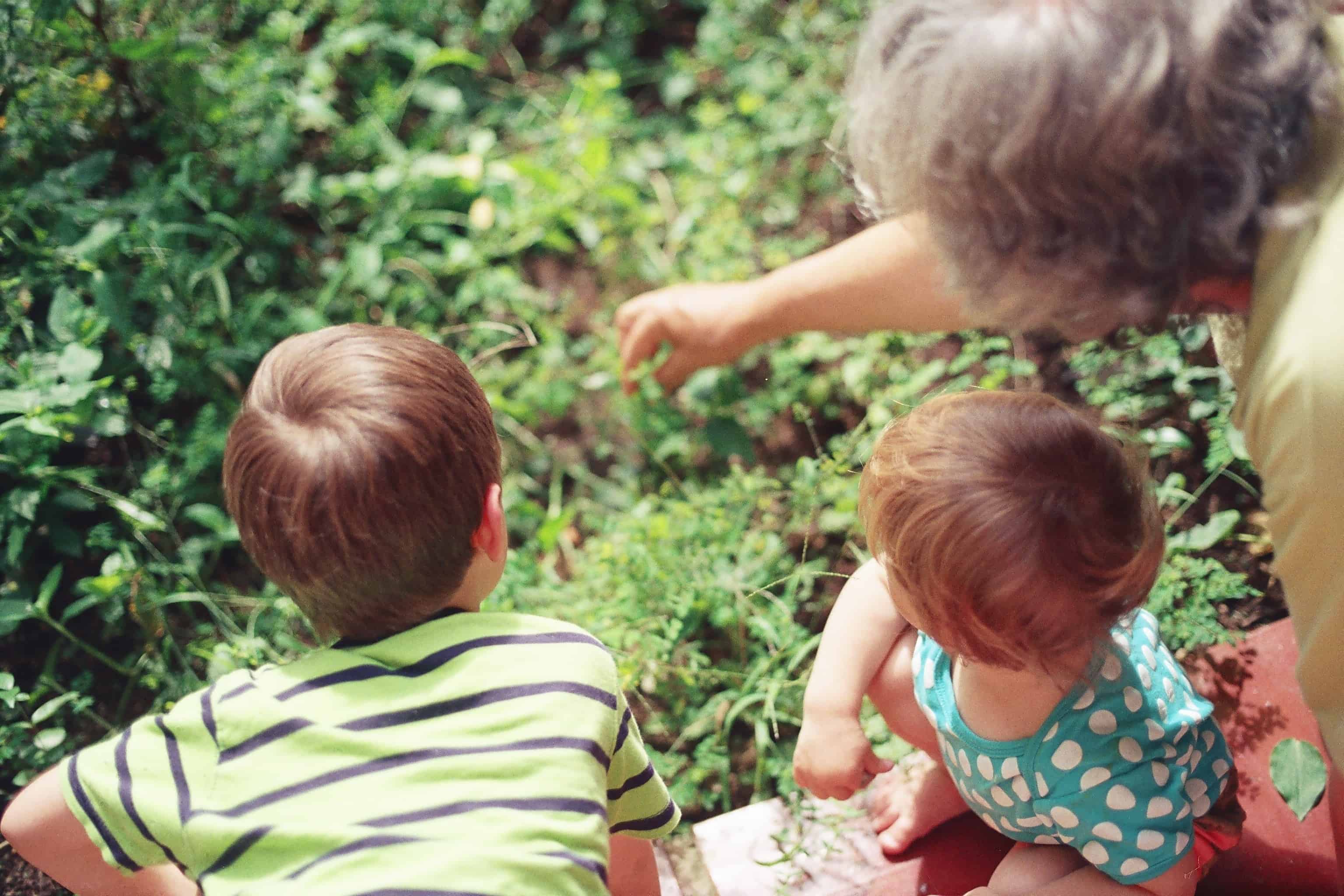Preventing falls in the elderly can significantly improve quality of life. Unfortunately, falling and injury happen too frequently. Fall prevention in the elderly is the result of common sense safety planning and education regarding contributing factors that set people up to fall. Many frequently used medications increase these risks, especially sleep aids and certain anxiety medications. But insomnia and anxiety also impair quality of life and need to be treated. Learn more about the risks and safer alternatives that can help.
Why is fall prevention in the elderly so important?
Here is a quote from the National Council on Aging that sums up why it is essential to do everything we can to minimize the risk of falling. These are some scary facts!:
“According to the U.S. Centers for Disease Control and Prevention:
- One in four Americans aged 65+ falls each year.
- Every 11 seconds, an older adult is treated in the emergency room for a fall; every 19 minutes, an older adult dies from a fall.
- Falls are the leading cause of fatal injury and the most common cause of nonfatal trauma-related hospital admissions among older adults.
- Falls result in more than 2.8 million injuries treated in emergency departments annually, including over 800,000 hospitalizations and more than 27,000 deaths.
- In 2015, the total cost of fall injuries was $50 billion. Medicare and Medicaid shouldered 75% of these costs.
- The financial toll for older adult falls is expected to increase as the population ages and may reach $67.7 billion by 2020.”
Why are so many older adults prescribed medication that can increase the risk of falls?
Many medications increase the risk of falling in the elderly but oftentimes psychotropic medications are the culprit. It would be easy to say “just don’t prescribe them!” but, of course, it isn’t that simple.
Here are 3 examples of why a medication that increases fall risk gets prescribed:
1. Decreased quality of sleep: An unfortunate reality of aging is decreased quality sleep. (This article tells you why. Hint: It’s related to melatonin). Lack of sleep can feel torturous and sleep deprivation also sets people up to make clumsy or careless mistakes that they may not have made if they were more rested.
Naturally, people want to sleep so
they ask their physician for a sleep aid.
2. Anxiety: Anxiety is a common and uncomfortable condition and people understandably want to feel better as quickly as possible. Medications that work quickly to minimize anxiety increase the risk of falls in the elderly. Safer alternatives don’t work as quickly as a benzodiazepine so this makes these quick-acting medications tempting (and sometimes necessary) to use.
3. A person is already on the medication or was treated with it successfully in the past so they want it back: Maybe the person has tried multiple different medications and has found certain medications are the only ones that work well for their particular condition. They took the medication in the past and want it restarted or perhaps they are currently taking the medication. If the medication helps them feel better and they have no noticeable side effects they may have no motivation to come off the medication based upon theoretical risks.
Preventing falls in the elderly: Sleep aids and risk
There is a clear, established, association between certain sleep aids and increased risk for falls (and an increased risk of dementia! This risk is becoming clearer with recent data).
Here is a quote from a research article published in Sleep:
Compared with older adults who did not use sleep medications, those who used physician-recommended sleep medications at baseline were approximately 34% more likely to report a fall at follow-up.
These hypnotic (sleep-inducing) medications like the benzodiazepines and “Z-drugs” can all increase fall risk:
- Xanax/ alprazolam,
- Ativan/ lorazepam,
- Klonopin/ clonazepam,
- Ambien/ zolpidem,
- Sonata/ zaleplon,
- Lunesta/ eszopiclone.
RULE:
If a medication causes sedation (it’s hard to help people fall asleep without some sedation!) it can increase fall risk. Reaction time and postural control (the ability to know where your body is in space and correct balance when it gets off center) decrease when someone is sedated.
For example: Think about how often falls happen when people get out of bed at night and try to walk to the bathroom. They are not only sedated but the risk is elevated in dim lights when the eyes can’t compensate for the bodies’ lack of spatial awareness.
What are the alternatives to improve sleep and anxiety?
Behavioral treatments for sleep are effective. These include maximizing sleep hygiene (for a review of what this is and how to improve sleep hygiene read this article) and dealing with sleep-related worries through cognitive behavioral therapy for insomnia (referred to as CBTi. Read more about this here). Mindfulness and relaxation exercises can help and don’t have any side effects.
If medication is necessary, there are options that have less risk than classic sleep aids.
2 medications that have less risk of falls:
1. Melatonin:
Melatonin, an over-the-counter sleep aid (Read my recommendations for dosing melatonin). This medication may have less risk however that doesn’t mean NO risk. It is still sedating and can cause morning drowsiness for some people.
2. Trazodone:
Trazodone (a really old antidepressant medication that is SO sedating people cannot tolerate it in the doses necessary to treat depression) is used pretty much exclusively for sleep now. This medication can have side effects too and also can interact with some other medications. There is more information on these facts in this article,
Alternatives for the treatment of anxiety:
For anxiety, there are treatments like psychotherapy (how therapy works is explained here), and antidepressants. Both of these options can treat anxiety without the same risk that happens with a benzodiazepine (listed above).
Fall prevention in the elderly
Insomnia and anxiety impair quality of life and need to be taken seriously. Weighing the risks and benefits of each treatment option is essential to come up with the best (safest and most effective) choice for each person. The crux of fall prevention in the elderly is to balance treating the symptoms while taking the risks seriously and minimizing them with safer alternatives whenever possible.
For more discussion on sleep and aging read this article:
Sleep and aging: What happens to our sleep and how to make it better







Thank you for your timely post Melissa!
This has been a concern for me recently, and your article is a great conservation starter. My mom recently had a fall herself, from tripping on something on the floor.
She’s recovering well.
But it’s too easy to over-look some of the contributing factors you’ve mentioned, things that do not obviously affect the chance of someone falling; but do.
Insightful article, thank you!
Glad your mom is recovering well! You are right, this is an opportunity to have a conversation about fall prevention (no more slippery throw rugs on floors, lighting at night, etc) and take a look at things that may increase her risk beyond the physical environment.